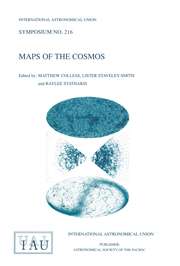Crossref Citations
This article has been cited by the following publications. This list is generated based on data provided by Crossref.
van der Klis, M.
1987.
The Origin and Evolution of Neutron Stars.
p.
321.
van der Klis, M.
1987.
Quasi-Periodic Oscillations in Low-Mass X-ray Binaries.
Symposium - International Astronomical Union,
Vol. 125,
Issue. ,
p.
321.

